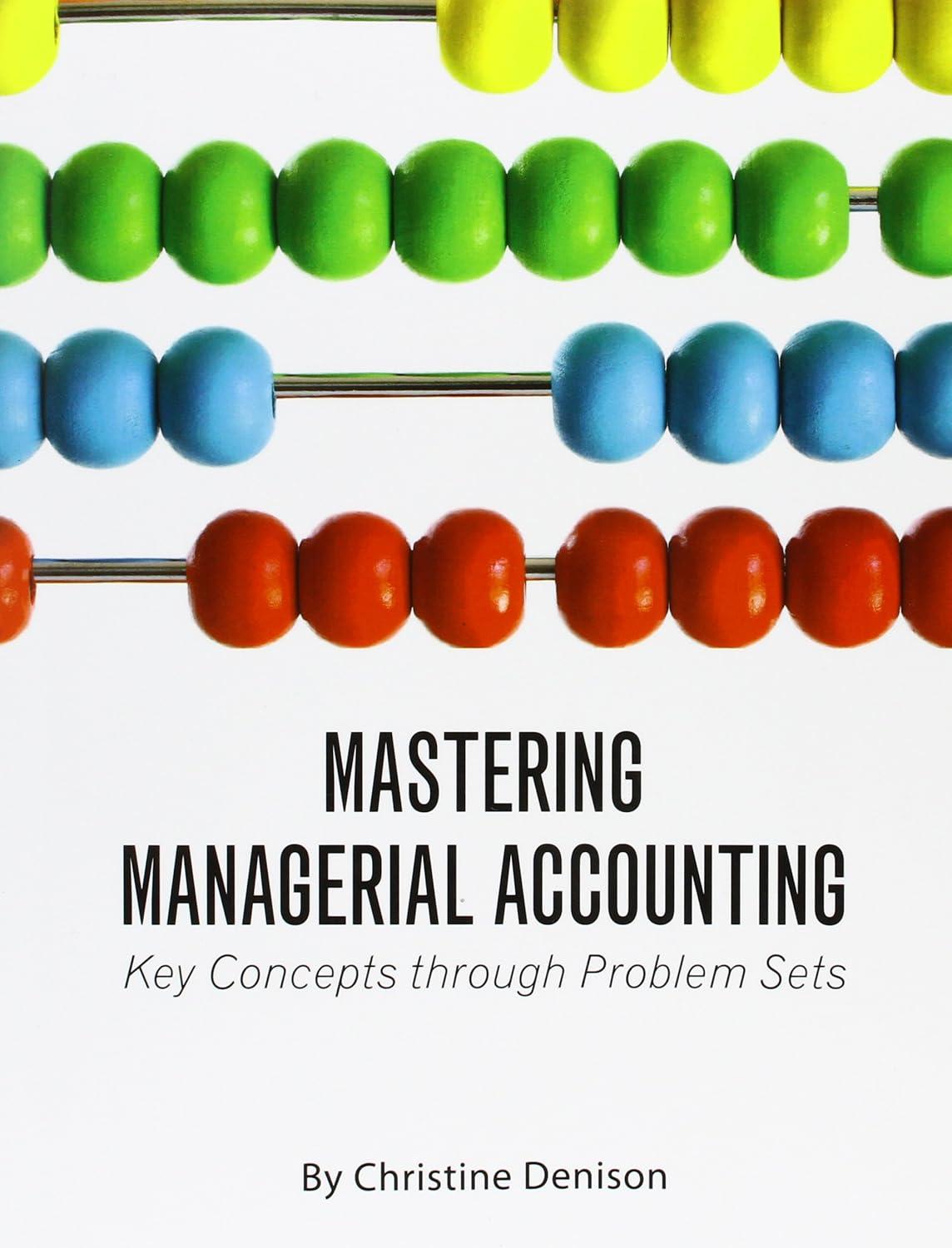Schrades, Inc., uses a job-costing system with three overhead pools: Cutting, Grinding, and Assembly. Cutting overhead (40%
Question:
Schrades, Inc., uses a job-costing system with three overhead pools: Cutting, Grinding, and Assembly.
Cutting overhead (40% of total overhead cost) is applied on the basis of number of cuts made.
Grinding overhead (25% of total overhead cost) is applied on the basis of grinding time. Assembly overhead (35% of total overhead cost) is applied on the basis of machine hours. Manufacturing overhead was expected to cost $300,000 in October. Schrades expected to make 4,000,000 cuts, spend 5,000 hours of grinding time, and use 30,000 machine hours in October.
In October, Schrades received an order from Oberon Corp. for 20 units. Schrades used $50,000 in direct materials on the order, and direct labor working on the job was paid $30,000. The job required 750,000 cuts, 1,200 grinding hours, and 6,000 machine hours to manufacture a total of 25 units (5 units were spoiled, 2 as part of the normal production process, and 3 were rejected by the customer). In addition, 2 units had to be repaired at a cost of $750 per unit after they were damaged in a lightning strike.
1. First, calculate a predetermined overhead rate for each pool of overhead. Stop—Check!
2. Next, calculate the cost of the job before accounting for spoilage and rework. Stop—Check!
3. Next, account for the costs of spoilage and rework. Stop—Check!
4. Finally, calculate the cost of the job after accounting for spoilage and rework. Stop—Check!
Step by Step Answer:

Mastering Managerial Accounting Key Concepts Through Problem Sets
ISBN: 9781626611184
1st Edition
Authors: Christine Denison





